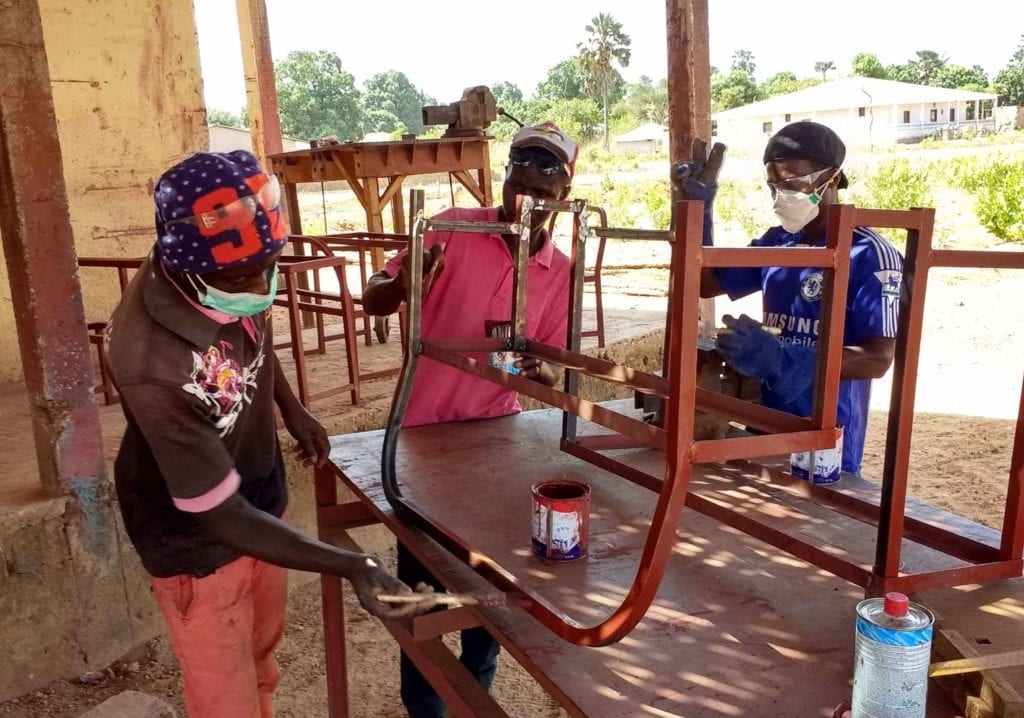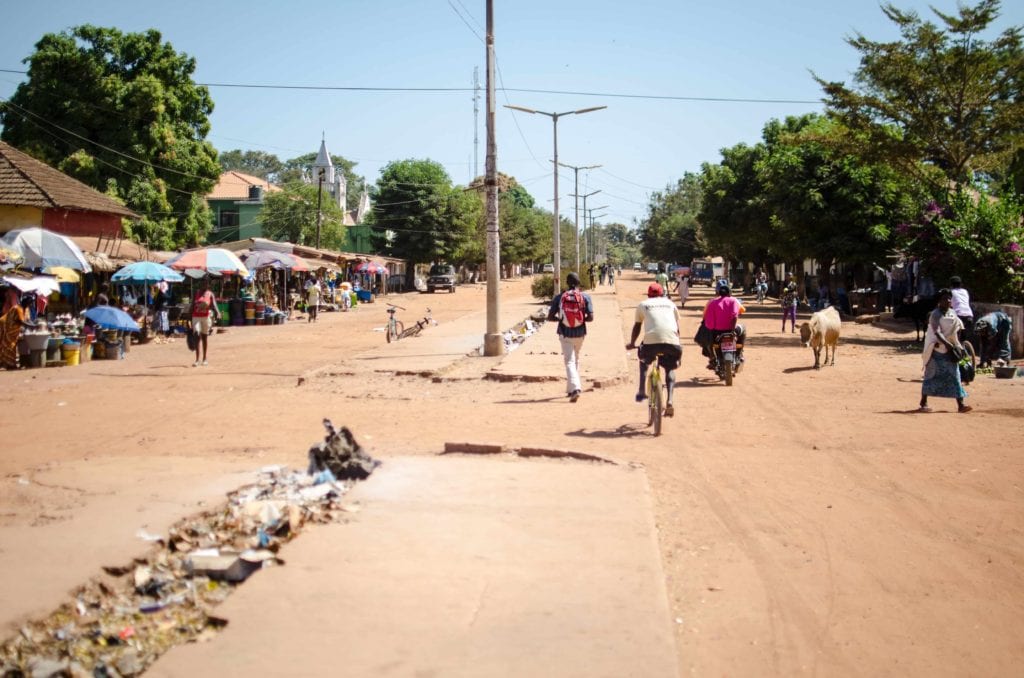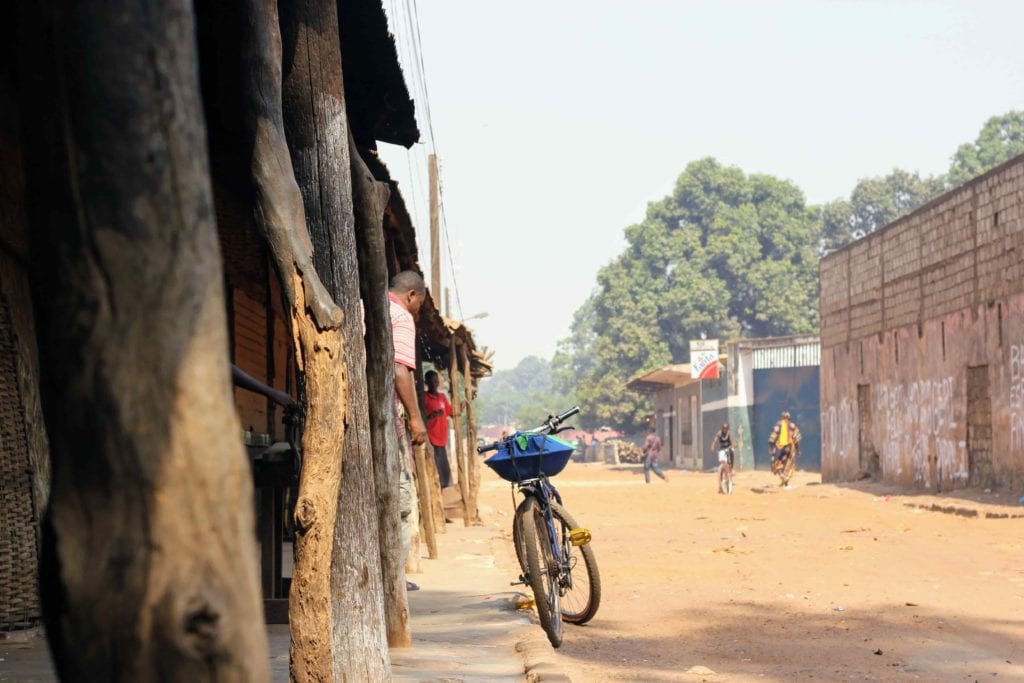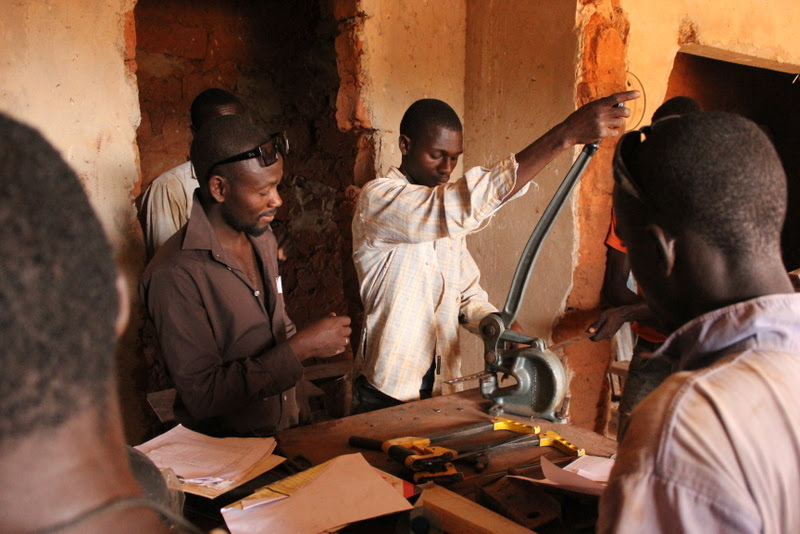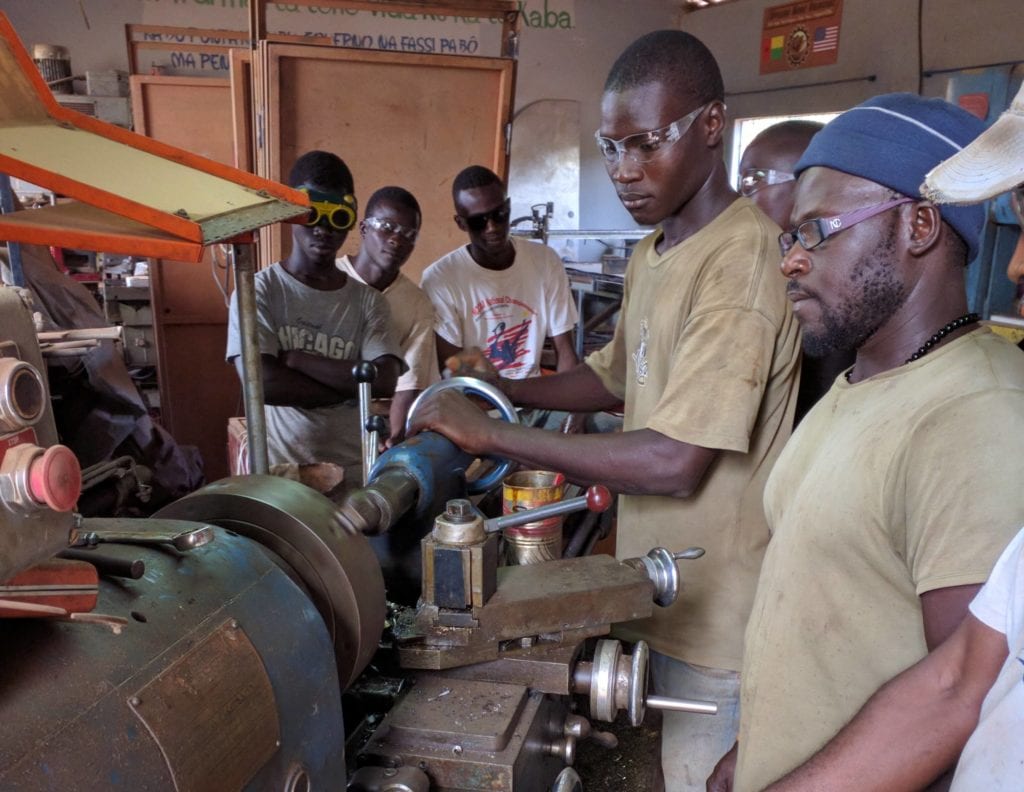Each month, generous members of the One Student community help cover tuition costs for students at WAVS vocational schools in West Africa. Here is what a day in the life of a welding student looks like at West African Vocational Schools.
7:45 a.m. | Arrive at school (by foot or bike)
Class starts at 8 a.m. sharp for the WAVS welding students in Guinea-Bissau, a tiny country in West Africa. Many of the students have been awake since 6 a.m. preparing for the day. There are no bowls of Wheaties or stops at Starbucks to grab a latte before class. Instead the students eat rice with sauce heated up from the night before, or bread with either chocolate spread or tuna for breakfast.
All of the students walk to school. Very few people in Guinea-Bissau have a personal or family car, so walking or riding a bike are the main modes of transportation within Canchungo, the small town where one of the WAVS vocational schools is located. Upon arriving, the students are greeted by both Cirilo, the head welding teacher, and Amona, an assistant welding teacher.
8:00 a.m. | Time of reflection led by local teachers
In classes at WAVS vocational schools, teachers facilitate discussions about students’ goals in life. They focus on a simple message: how Jesus changes everything in life — how we work, live, and love others. Often, they’ll share the story of how they got to know Jesus and the reason He gives them hope.
Amona leads the students in a brief devotional at the beginning of each morning, sharing a passage from the Bible and reflecting on how it is relevant in his life. (On the weekends, Amona is a pastor at a small church in a nearby village, Djita).
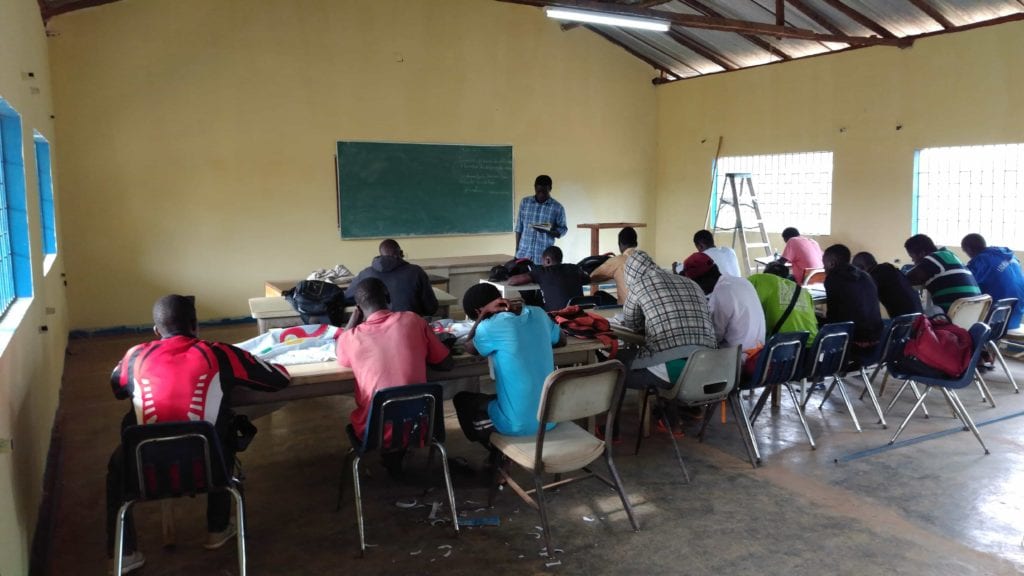
8:20 a.m. | Practical skills & theory training
After the devotional, the students begin their welding theory lesson for the day. Welding theory covers different types of welding techniques, welding safety, and machining work.
9:30 a.m. | Hands-on practical training
The students are now ready for some hands-on practice. Students receive practical training two ways: The first is through practice projects that help them learn a specific skill; the second is through real-world projects (people in the community often hire the school to carry out welding projects, such as building and installing security gates, doors, windows, and roofs). Today, the students are working on completing a large metal sliding gate for the entrance of a neighboring nonprofit organization.
Many people first hear about WAVS vocational schools when they learn about one of the welding projects the school has done in the community.
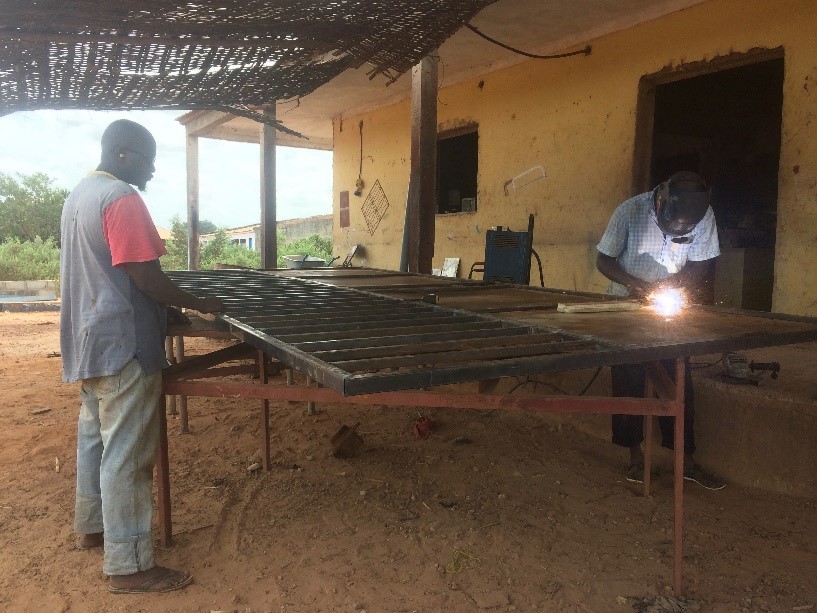
1:00 p.m. | On-site projects
Most of the welding takes place at the school. But for some client jobs, the students must go off campus to complete the project. Today, for example, the students are installing security bars around the compound of a client’s home.
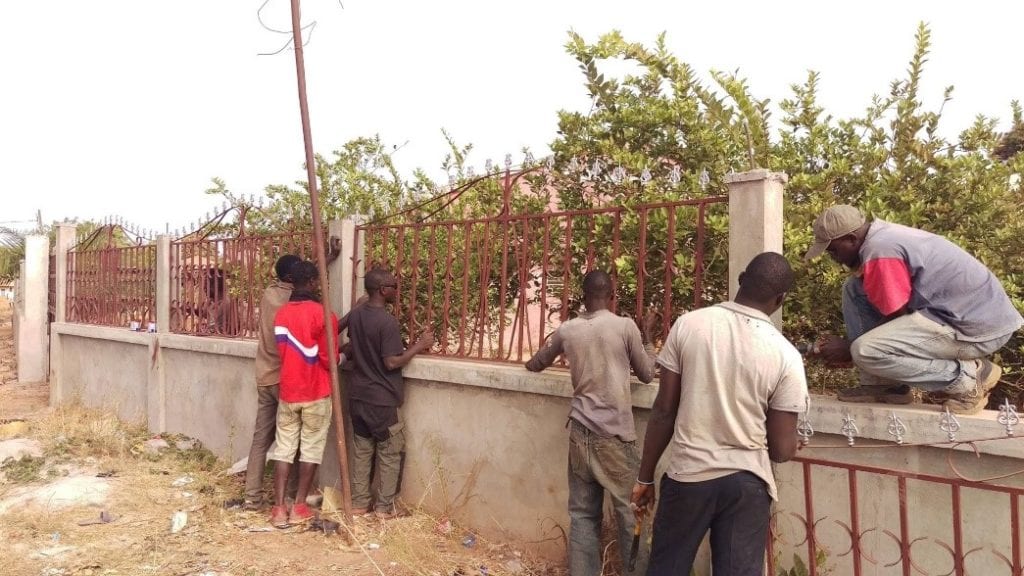
3:00 p.m. | Students return home, but the work continues
After a long day, the students head home. But that doesn’t mean that the welding work for clients comes to an end. Amona stays at the school and continues to carry out small welding projects from community members until 6 p.m. Many of these smaller jobs include welding bicycles, motorcycles, or motors.
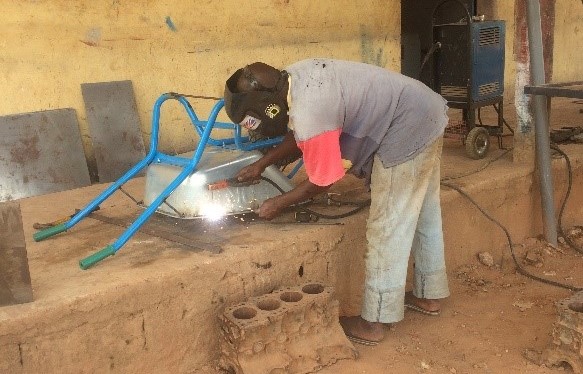
Click here if you would like to join the One Student community and help equip students in West Africa with life-changing job skills.

